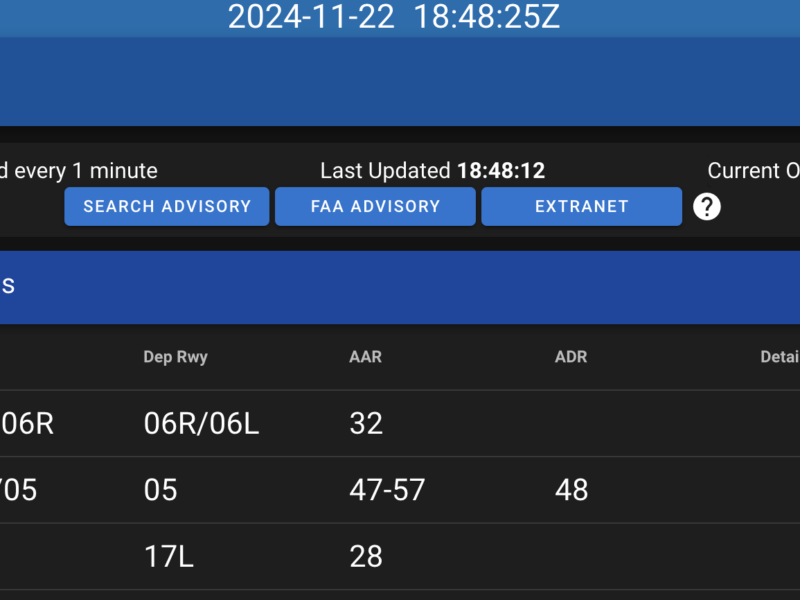I’ve flown more in the past 21 days, than I have in this past Janurary, February, and March!
This past week especially was a lot of flying. Mainly due to the perfect weather. I’m 1 lesson away from doing my multi-test. Just have to tackle some circuit work, performance take-offs. I packed in three Seminole lessons this week.
I need to spend a few hours on the ground and go through my checklists again, or flows as my FI puts them. It makes perfect sense. The lists are set up to move from one side of the panel to the next. There really is no need to memorize all the items in the list. Just use a flow and move from one side to the next being sure to hit each item in the list.
The multi-rating is pretty unique in that you already know how to fly, you just need to know the specifics about handling an airplane with two (or more) engines. Items like single engine exercises, worrying about Vmc, being more prudent on take-offs (ie, what happens if your engine fails on rotation?), and other items specific to multi-engine aircraft make you a better pilot and you can use some of those ideas in single engine operations as well.
For example. I have been taught to do static take-offs in the Seminole. This means that I apply full power (with the brakes on) and check the engine gauges first before rolling down the runway. If something doesn’t look right, I abort right away. It’s better to detect something on the ground, than in mid-air, low, slow, and dirty (gear down). You could apply this same idea to single engine aircraft.
Gear.. that bloody gear. I don’t have the issue of lowering it, I have an issue raising it. During stall exercises I always forgot to raise the gear during the recovery. The five steps to keep in mind when trying to recover from a stall, or engine failure:
– Control: Fly the airplane, maintain altitude and heading.
– Power: Full power! Mixture rich, props fine, throttle open
– Drag: Raise gear and flaps
– Identify: “Dead foot, dead engine” Identify which engine is the culprit.
– Confirm: Reduce the throttle on the suspected dead engine to confirm its the culprit.
Always, always, always keep the plane above the blue line (Vyse).
In other news…
Even before I can start on the necessary dual work I need for my CPL, the FI I was going to use told me that he’s leaving for the “big iron” (not his words). Another casualty at the school. I’m glad it happened now, and not in the middle of my CPL training.
I’m going to need to find someone new.
I learned the other day, that one of my classmates at Seneca is going to be getting his flight instructor rating in the next month or so! He’s pretty much where I want to be right now. I’m glad that someone I know made it through fine :)


You might want to check out Bart Perrin. Good instructor, very calm.
Al,
Thanks for the tip! I’m limited to the instructors at the school.